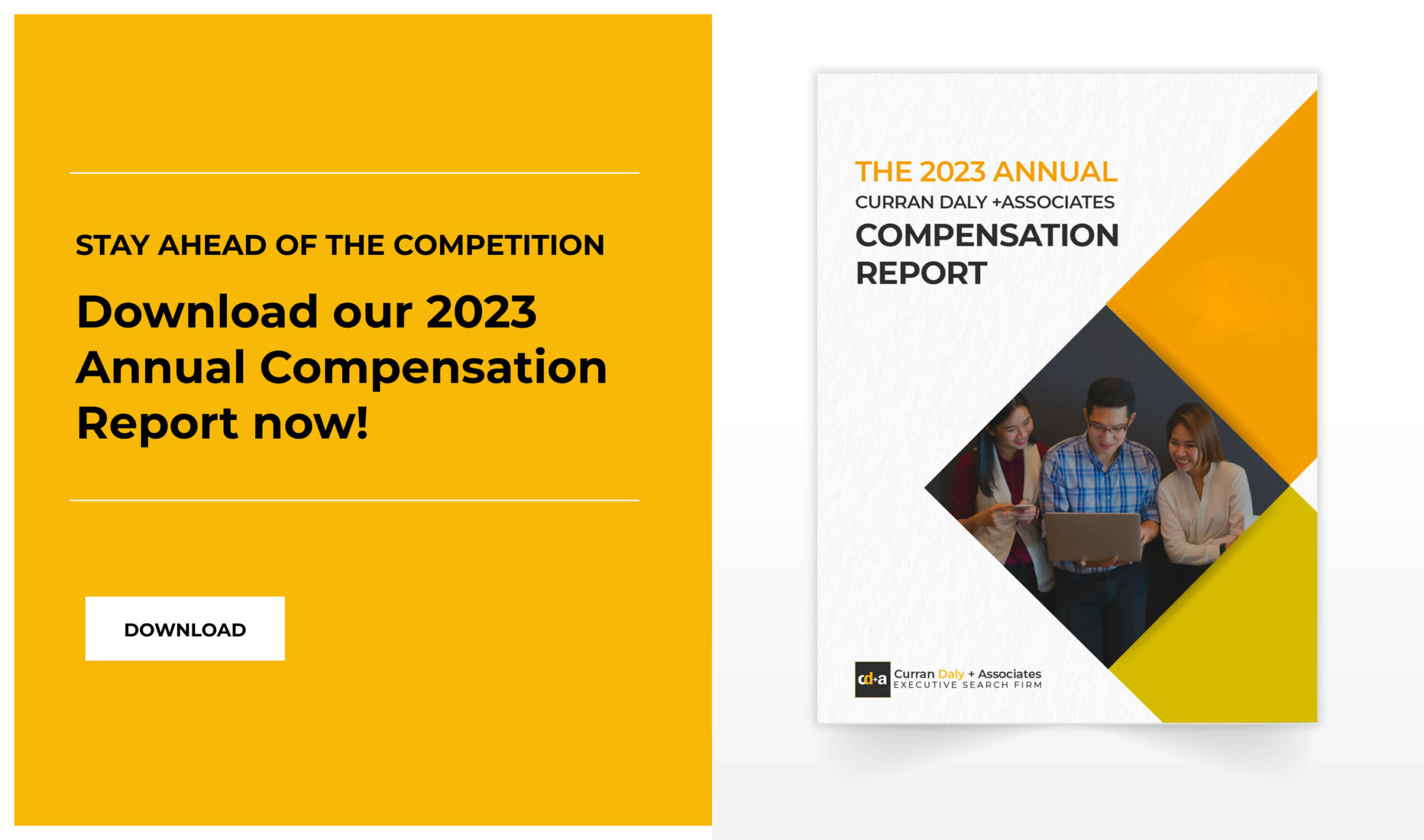- Without a proactive approach to identifying the black sheep during the hiring process, the organization may unwittingly compromise the company morale.
- Candidate selection, at first glance, may seem like an easy thing to do when you look at the overall hiring process.
- The candidate selection process will help you weed out the applicants that do not match with the organization’s core values.
Competition for top talent at this day and age is intense and fierce. Candidate selection is one of the most crucial steps in the hiring process.
No matter what type of organization you belong to, it is critical to recruit and hire employees that will help take the business to the next level.
A lot of companies have made the mistake of jumping the gun and hired people with fancy job titles or winning personalities without ensuring that they will be a good fit for the organization and its culture.
Technical skills and abilities may be a priority. However, it is also equally important to find a candidate that will represent the brand ethically and honestly.
Acclaimed entrepreneur Warren Buffet once said, “In looking for people to hire, you look for three qualities: integrity, honesty, and energy. And if you don’t have the first, the other two will kill you.”
Finding the right match
The candidate selection process will help you weed out the applicants that do not match with the organization’s core values.
Similarly, organizations will also quickly lose highly sought-after candidates if they feel like the working environment they see does not align with their values or preferences.
As inconsequential as it may seem, organizational fit does matter. Organizations will constantly bring new talent to the organization.
There may be a lot of qualified people that will match the needs of the job vacancy from a credential standpoint. However, the “fit” is where the challenge gets more intense in the selection process.
Organizations need to ask the following questions:
- Will this person be a good fit for the organization?
- Does the candidate look and feel like they belong in the organization?
The answers to those questions will play a huge role in the success of the organization’s talent acquisition process. Candidate selection, at first glance, may seem like an easy thing to do when you look at the overall hiring process.
On the contrary, identifying the right match of talent for the organization is probably one of the hardest tasks in the entire recruitment process.
Without a proactive approach to identifying the black sheep during the hiring process, the organization may unwittingly compromise the company morale.
Spot the Red Flags
As you review the applicant’s resume, pay attention to the red flags. Here’s how you can get started:
STEP 1: Spot the misalignment.
A well-designed interview process will ensure that candidates understand the work environment and culture of the organization. Both the organization and the candidate need to understand that there is no such thing as a perfect match.
Organizations need to ensure that the right people meet with the candidate so the individual can get a good feel of the company culture. It will also give the firm a variety of perspectives when it comes to candidate assessment.
If the staff really connected with the candidate, it may be tempting to ignore the subtle red flags that they see. This is why putting the candidate in front of a variety of stakeholders will help ensure that the red flags are identified and discussed thoroughly. Vetting the applicant will also increase the likelihood that stakeholders will feel comfortable and accepted when the candidate is ultimately hired.
STEP 2: Avoid hiring homogenous talent.
Organizations that do not embrace differences will not learn to grow and innovate. Consider hiring someone that does not fit the mold. Simply being different does not make someone a bad fit for the organization. Every candidate has their own unique characteristics and quirks.
However, the main concern lies in whether these differences will inhibit the employee from being fully engaged at work, or even worse, prompt marginalization and rejection. These situations tend to escalate, and the new hire may feel misunderstood, unappreciated, rejected, or even bullied.
It is crucial for an organization to foster an inclusive environment that will celebrate the differences between organizational members so that they will feel more connected, accepted, and valued in the company.
STEP 3: Establish a psychologically safe team.
Psychological safety is necessary for building an engaged and productive workforce for high-functioning teams. William Kahn, an organizational behavior professor at Boston University, defined psychological safety as, “feeling able to show and employ one’s self without fear of negative consequences to self-image, status, or career.”
Organizations can focus on building an environment where its members feel safe asking questions, raising thoughts, and sharing ideas. It will give them an avenue where they will feel accepted to show more of themselves and connect with one another on a deeper level.
STEP 4: Create an inclusive culture.
Organizations need diversity to generate innovative products and processes. If diversity is not embraced, those with different traditions and beliefs may feel marginalized.
Do not be afraid to embrace a black sheep. However, ensure that the organization has a proactive approach in selecting applicants, so both sides know what they are getting into. The candidates can see for themselves if the firm indeed has an inclusive culture to welcome them.
Here’s a quick candidate red flag checklist to look for in a job applicant:
RED FLAG 1: Talking about compensation too often.
Recruiters will generally raise this issue at the beginning of the interview to identify whether or not the candidate is within the range for the role. Once the salary has been discussed, try to move away from the topic altogether. A candidate who keeps going back to discuss compensation may most likely be motivated by money, and oftentimes, they rarely get past the first interview.
RED FLAG 2: Bad introduction.
A good candidate knows how to present themselves well during an interview. Top-notch talents are aware that most people form their opinion about them during the first five minutes that they have met the hiring team. If a candidate’s initial introduction is not great, it tends to impact the rest of the interview.
RED FLAG 3: LinkedIn profile does not match their resume.
Since a LinkedIn profile is public, candidates are less likely to fill it with half-truths and padded credentials. It is very common for candidates to have roles on LinkedIn that are missing on the resume. Applicants may have a massive difference in their start/finish dates and even considerable differences in job titles. The hiring team needs to address these discrepancies directly with the candidate during the interview process.
RED FLAG 4: Low energy and motivation.
Candidates that are interested in the job will always show their best foot forward. This is why having an applicant with unusually low energy and motivation is usually a bad sign. Every company likes its staff to be self-motivated and driven. Gauge their motivation for the job and notice the signs of their enthusiasm when digging into the details of their previous work experience.
RED FLAG 5: Undesirable social profiles.
Googling the candidate before the interview is not an uncommon practice. There are times when the hiring team will find things that will impact the candidates’ chances of securing the vacancy in the company. Candidates need to assume that anything they post online is subject to public consumption. Undesirable social media posts may prove to be detrimental when it comes to landing their dream job.
RED FLAG 6: Not 100% about the role they want in the company.
Some candidates start hunting for a job before they have a clear view of what role they want. The hiring team needs to probe on this point and see if the candidates are really interested in the vacancy. Typically, these candidates will get to the offer stage and withdraw, or accept and then switch jobs very quickly when they realize that they have made a bad career move.
Let us help you spot the red flags in your candidate selection process.
Curran Daly & Associates can help you see the warning sign that will determine whether you have reasons not to hire a candidate.
Our team of seasoned recruitment specialists will help you with the entire recruitment process to determine top-notch talent at the most efficient time frame possible. Partner with us to learn more!
References:
DAHMUS, L. (2018). Seeing Red Flags? TD: Talent Development, 72(11), 48. Retrieved from http://search.ebscohost.com/login.aspx?direct=true&db=f5h&AN=132800505&site=ehost-live
King, P. (2017). Make Hiring for Honesty a Priority. Wyoming Business Report, 18(3), 3–8. Retrieved from http://search.ebscohost.com/login.aspx?direct=true&db=bth&AN=123788461&site=ehost-live
Odom, C. L. (2013). Hiring the Best Candidate Not the Best Resume. Financial Executive, 29(2), 61–63. Retrieved from http://search.ebscohost.com/login.aspx?direct=true&db=bth&AN=85919994&site=ehost-live
What Are Some of the Biggest Red Flags in a Job Candidate? (2016). Government Executive, 4. Retrieved from http://search.ebscohost.com/login.aspx?direct=true&db=bth&AN=120319845&site=ehost-live









0 Comments